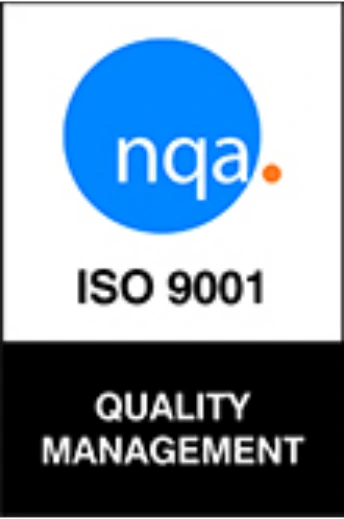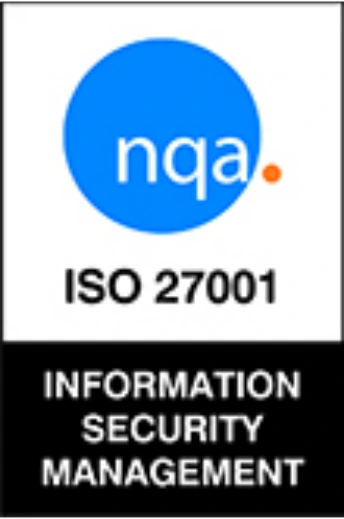How to Improve Employee Engagement & Workplace Mental Health Without Extra Costs
By empleyado Articles
| 8 May 2025

Employee engagement and workplace mental health are crucial factors that influence productivity, job satisfaction, and employee retention. Many companies assume that improving these areas requires significant financial investment in wellness programs, monetary incentives, or costly initiatives. However, businesses can enhance employee well-being and engagement through strategic leadership practices and cultural shifts that cost little to nothing.
A work environment that promotes psychological safety, appreciation, flexibility, transparency, and purpose-driven roles naturally fosters a more engaged and mentally resilient workforce. By focusing on these areas, companies can create a workplace where employees feel valued and motivated without increasing overhead costs. For instance, Srinivasan & Collard’s study (2023) found that employees who feel psychologically safe are more likely to report higher levels of job satisfaction and engagement, with a significant correlation between psychological safety and reduced turnover intentions.
Fostering a Culture of Psychological Safety
Psychological safety is a key enabler of reverse mentorship practices in HR, where open communication is vital. In the workplace, it is an essential for employee engagement and mental well-being. Employees who feel safe to express their thoughts, ideas, and concerns without fear of criticism or retribution are more likely to collaborate, innovate, and stay engaged. A culture of psychological safety reduces stress and prevents burnout while fostering strong team dynamics. Encouraging open-door policies, promoting active listening, and ensuring that leaders respond to feedback with empathy instead of defensiveness can go a long way in cultivating an environment where employees thrive. When mistakes are treated as learning experiences rather than failures, employees become more resilient and confident in their roles. Research indicates that psychological safety can lead to a 26% increase in employee engagement and a 22% decrease in turnover rates (Wowor & Dewi, 2022).
Recognizing and Appreciating Employees
Many employees disengage because they feel that their contributions go unnoticed. Recognition does not always need to come in the form of financial rewards—verbal appreciation and peer recognition can be just as powerful in boosting morale. Studies show that engaged employees are more likely to thrive in their personal and professional lives, emphasizing the importance of recognition in fostering engagement (Dambe et al., 2023). Companies can build a culture of appreciation by encouraging peer-to-peer recognition, where employees celebrate each other’s achievements. Managers should be trained to give meaningful, specific praise that highlights the effort and impact of employees’ work. Even small gestures like personalized thank-you messages or shoutouts during meetings can reinforce a sense of value and belonging. When employees feel acknowledged, they become more motivated to contribute positively to the organization.
Offering Flexibility to Reduce Workplace Stress
A rigid work structure can contribute to burnout, leading to decreased engagement and declining mental well-being. While not all businesses can offer remote work, providing some level of flexibility allows employees to have greater control over their schedules, reducing stress and enhancing productivity. Allowing flexible start and end times, incorporating occasional remote work opportunities, and permitting short mental health breaks throughout the day can create an environment that prioritizes well-being without disrupting business operations. Flexibility also supports aging workers undergoing reskilling initiatives, enhancing their adaptability and longevity. Employees who have autonomy over their schedules tend to be more engaged, as they feel trusted and supported by their employers. Flexibility in work hours or remote work options can relieve stress, promoting better engagement levels. For example, a survey found that 75% of employees reported improved work-life balance when given flexible work arrangements (Haines et al., 2024).
Strengthening Communication and Transparency
Effective communication is one of the most essential pillars of employee engagement, as poor communication can reduce job satisfaction and lead to disengagement. A lack of communication can lead to uncertainty, disengagement, and increased workplace stress. Employees want to feel connected to the company’s mission, goals, and overall direction. Transparent communication from leadership fosters trust and a sense of inclusion, making employees feel like they are part of something bigger. Regular company updates, clear expectations, and open forums where employees can share feedback create a sense of alignment and belonging. Encouraging two-way communication where employees feel comfortable voicing concerns and suggestions strengthens engagement. When leadership actively listens and responds to feedback, employees are more likely to remain committed to their roles and contribute more effectively.
Creating Purpose-Driven Work
Employees find greater satisfaction in their jobs when they understand how their work contributes to the bigger picture. Companies that align employees’ roles with a meaningful mission can foster deeper engagement and motivation. Showing employees how their efforts directly impact company success helps create a sense of purpose. Encouraging involvement in cross-functional projects, allowing employees to take ownership of tasks that align with their strengths, and giving them opportunities to work on small passion projects can lead to higher job satisfaction. A purpose-driven workplace culture ensures that employees remain engaged because they find meaning in their work beyond just completing tasks. According to Zanabazar et al. (2023) employees who feel their work is meaningful are 3.5 times more likely to stay with their current employer.
Enhancing employee engagement and workplace mental health does not require a massive budget. By cultivating psychological safety, fostering a culture of appreciation, offering flexible work arrangements, maintaining open communication, and ensuring employees have purpose-driven roles, organizations can create a thriving and motivated workforce. Companies that invest in these strategies will experience higher productivity, stronger employee loyalty, and a healthier workplace culture without increasing costs. Businesses that focus on these cost-effective engagement and well-being strategies will not only improve employee satisfaction but will also position themselves for long-term success. The key is to create an environment where employees feel valued, supported, and connected to the organization’s mission, leading to a more engaged and mentally healthy workforce.
References:
Dambe, P. D., Waghe, A., & Mulan, S. (2023). Effect of Reward & Recognition On Employee Motivation. ResearchGate. Click this link.
Haines, V., Guerrero, S. & Marchand A. 2024. Flexible work arrangements and employee turnover intentions: contrasting pathways. The International Journal of Human Management. Click this link.
Kim, B. 2020. Unstable Jobs Harm Performance: The Importance of Psychological Safety and Organizational Commitment in Employees. Click this link.
Wowor, J. V. & Dewi, Y. E. P. (2022). The Influence of Psychological Safety towards Employee Engagement Using Organizational Support as Intervening Variable. Click this link.
Zanabazar, A., Dugersuren, A., & Maligar, B. (2024). The Impact of Meaningful Work on Employee Engagement: The Case of Mongolian Kindergarten Teachers. Advances in Social Sciences Research Journal, 11(2), 520–531. Click this link.









